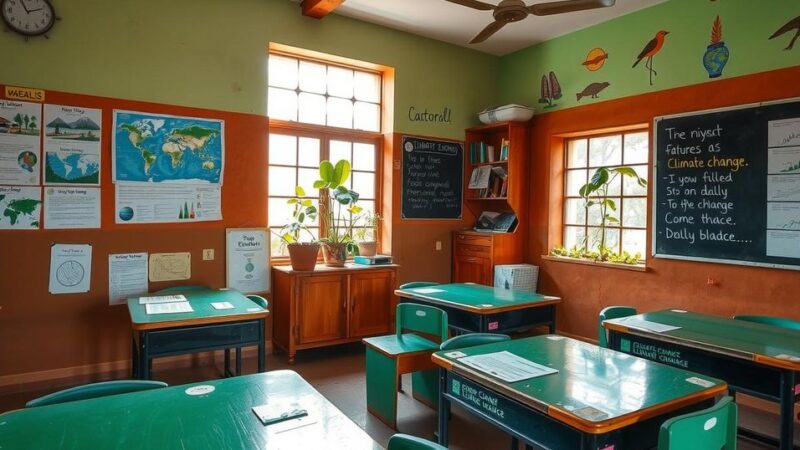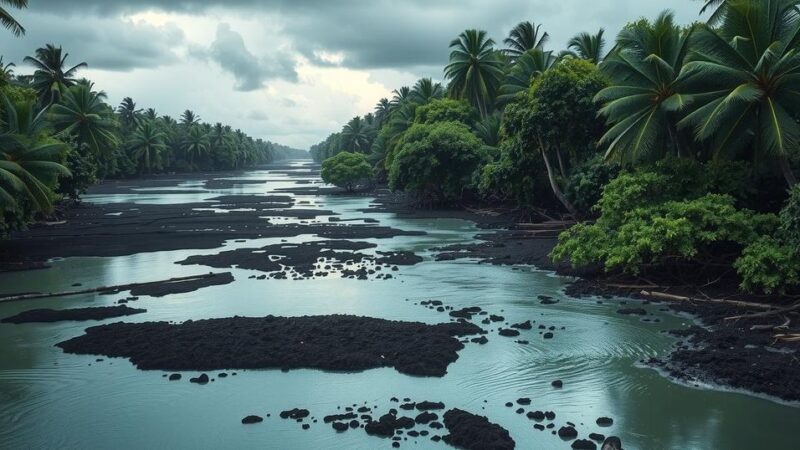In Alto Hospicio, Chile, researchers propose fog harvesting as a solution for the city’s water scarcity, characterized by annual rainfall of less than 0.19 inches. The method involves capturing moisture-laden fog through mesh structures, providing a sustainable source of drinking water and irrigation. The findings indicate that fog harvesting could meet substantial water needs while contributing to improved urban resilience and agriculture in arid environments.
Researchers in Chile have determined that fog harvesting may offer a sustainable water source for some of the world’s driest cities, specifically through their study in Alto Hospicio, a desert city in northern Chile. This region experiences an average annual rainfall of less than 0.19 inches (5 mm), leading to significant social challenges, including widespread poverty and limited access to clean water networks.
Residents of Alto Hospicio, particularly in impoverished areas, often depend on water trucked in from outside sources. However, researchers highlight that the persistent fog that envelops the city could provide an alternative water source through a straightforward collection method involving mesh structures that trap moisture from fog clouds.
Fog harvesting has been successfully implemented on a small scale in various rural locales of South and Central America, where conditions are favorable. Dr. Virginia Carter Gamberini emphasizes that the potential for larger-scale fog harvesting could enhance municipal water supplies, crucial for urban populations needing reliable access to drinking water.
By evaluating fog’s production capacity alongside satellite observations of cloud patterns, the research team discovered that Alto Hospicio benefits from consistent fog from the Pacific Ocean. They calculated that specific amounts of mesh could sustainably support the city’s water needs, notably meeting the weekly demand of 300,000 liters currently transported by truck.
The researchers estimate that harvesting fog could adequately supply sufficient water for irrigating urban green spaces and could even support hydroponic farming, yielding significant quantities of vegetables. Given the region’s scarcity of rainfall and reliance on ancient underground aquifers, there is an increasing urgency to explore alternative sources of potable water.
Dr. Gamberini noted that Chile’s unique geography, characterized by a coastal ocean and mountainous terrain, makes it particularly suited for fog capture. Her team is working on creating a nationwide fog harvesting map to aid in expanding this solution across the country. As described by Dr. Carter, harvesting water from clouds can improve resilience to climate changes while enhancing access to clean water.
Fog harvesting emerges as a promising solution for providing water to arid regions, particularly in communities facing dire water shortages. Research in Chile highlights the method’s feasibility and potential to address the pressing demand for clean water. By optimizing the natural phenomenon of fog, cities like Alto Hospicio could significantly improve water security and agricultural practices, thereby enhancing the quality of life for their residents.
Original Source: www.bbc.com






